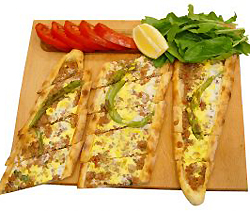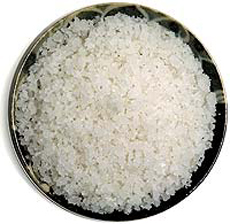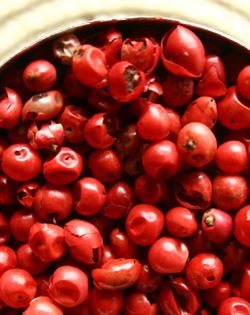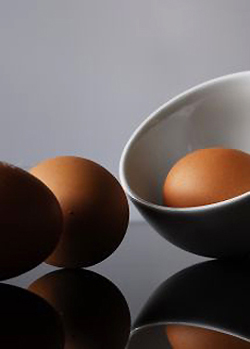| Just ten years ago, if you asked someone to name a flatbread, they’d probably say lavasch (an Armenian cracker bread, popularized as sesame-encrusted strips sold under the brand name Nejaime’s Lavasch)—if they could name anything at all. Today, we look at flatbread in a much broader scope—and it’s a rapidly-growing segment of the $14 billion bread industry. In fact, wraps (tortillas) are flatbread; tortillas, Indian naan (and a festival of other Indian breads including bhatura, chapati, papadum, paratha, poori and roti), Greek pita, Ethiopian inerja, Scandinavian crispbread and the most famous of the unleavened (flat) breads, matzoh. There are many others: Flatbread is the original bread; leavening was developed much later. Pizza crust is a flatbread, too. |
|

Turkish flatbread. Flatbread can be spread with hummus, tapenade, or with goat cheese, tuna salad, or whatever appeals to you. Photo by Enver Uçarer | SXC. |
The next time you’re thinking about putting together an interesting bread basket for your guests, consider a flatbread basket. As we reported in April, 2007 in this space, you have quite a lot to choose from—there are about 60 different flatbreads worldwide, including:
– Unleavened flatbreads (arepas, crepes, matzoh, pita, tortillas)
– Chewy leavened flatbread (bruschetta, ciabatta, dosai, focaccia, inerja, naan and other Indian breads)
Stop by your local specialty food store and ethnic markets to see what’s available. But flatbreads are no longer isolated there—they’ve gone mainstream. Quiznos is including flatbread with much of its salad line. Dunkin’ Donuts is testing flatbread sandwiches. Arby’s has flatbread melts. And Stouffer’s has flatbread pizzas. Goodness gracious, the world is flat! |
|




